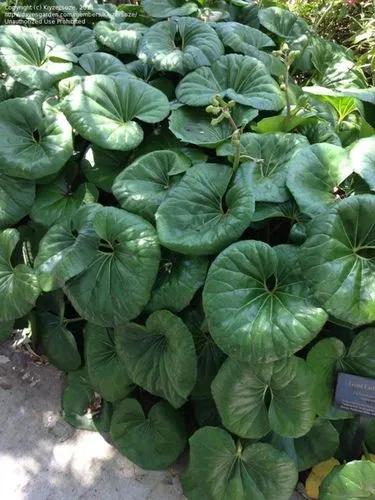Thunbergia grandiflora is an evergreen vine in the family Acanthaceae. It is native to China, India, Nepal, Indochina and Burma and widely naturalised elsewhere.
Bengal clockvine Care
Thunbergia grandiflora



Thunbergia grandiflora, commonly called blue trumpet vine, clock vine, sky vine or sky flower, is a woody-stemmed, evergreen, tropical, twining climber. It grows to 15-30’ long in frost free areas. When grown as an annual, it grows to 6-8’ long in a single season. It is native to India. Elliptic to heart-shaped dark green leaves (to 4-8” long) are covered with soft hairs. Trumpet shaped flowers (to 3”) are lavender blue with yellow throats. Flowers appear singly or in clusters (racemes) in summer to early fall. Flowers bloom year round in tropical climates. Genus name honors Carl Peter Thunberg (1743-1828), Swedish botanist. He traveled in South Africa and Japan and became professor of botany at Uppsala University. Specific epithet means large-flowered.
How to Care for the Plant

Water

Water the vine deeply every 10 days to two weeks, or as needed to maintain evenly moist soil. While it tolerates brief dry spells, regular moisture maximizes blue-sky vine's flower production.

Fertilizer

Feed the plant using a general-purpose, 6-6-6 fertilizer when the vine resumes growth in early spring and again in the beginning of summer, but only if its growth has slowed. Excessive fertilizing encourages rampant, and possibly invasive, spread. Avoid high-nitrogen fertilizers that stimulate leaf production at the expense of flowers.

Sunlight

Choose a location with full sun to partial shade.

Soil

Sky vine plants grow best in rich organic soil, moderately moist and well drained with acidic, alkaline, or neutral pH levels. When winter comes close, mulch the roots with pine needles or other organic material.

Temperature

This vine can be grown in the areas with the lowest winter temperatures of +1.7°C (35°F).

Popularity

777 people already have this plant 201 people have added this plant to their wishlists
Discover more plants with the list below
Popular articles






